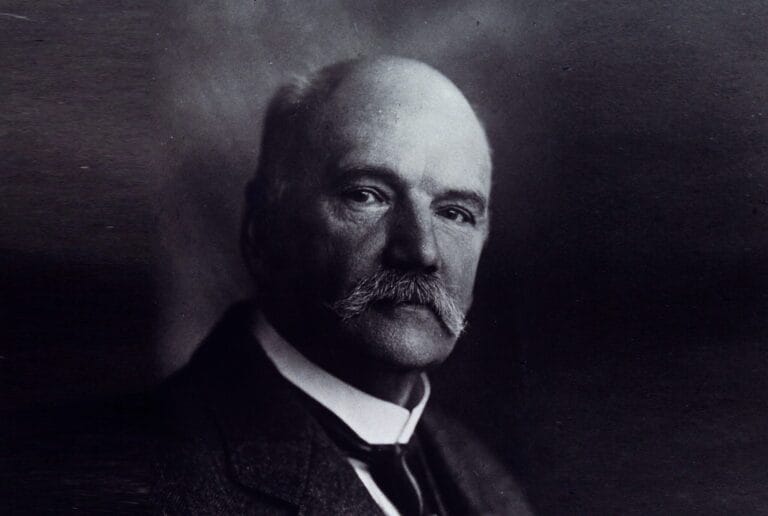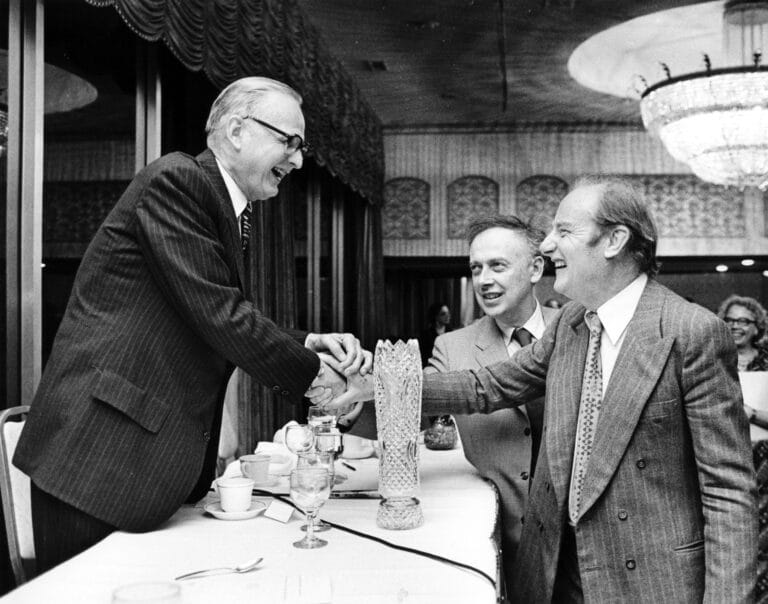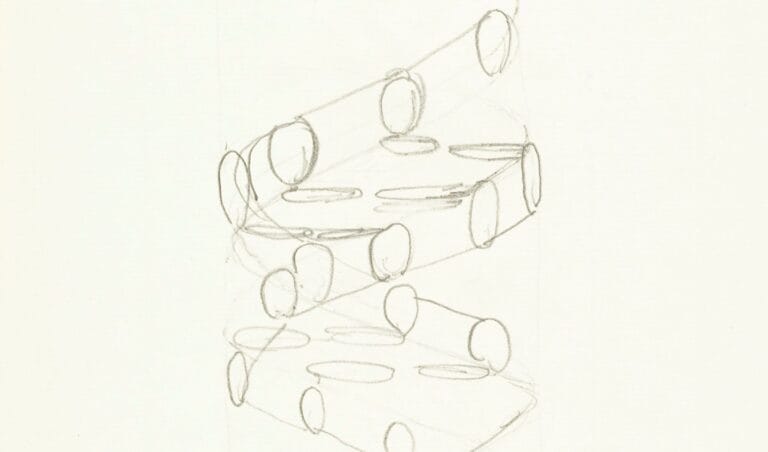The discovery of DNA: the first building blocks
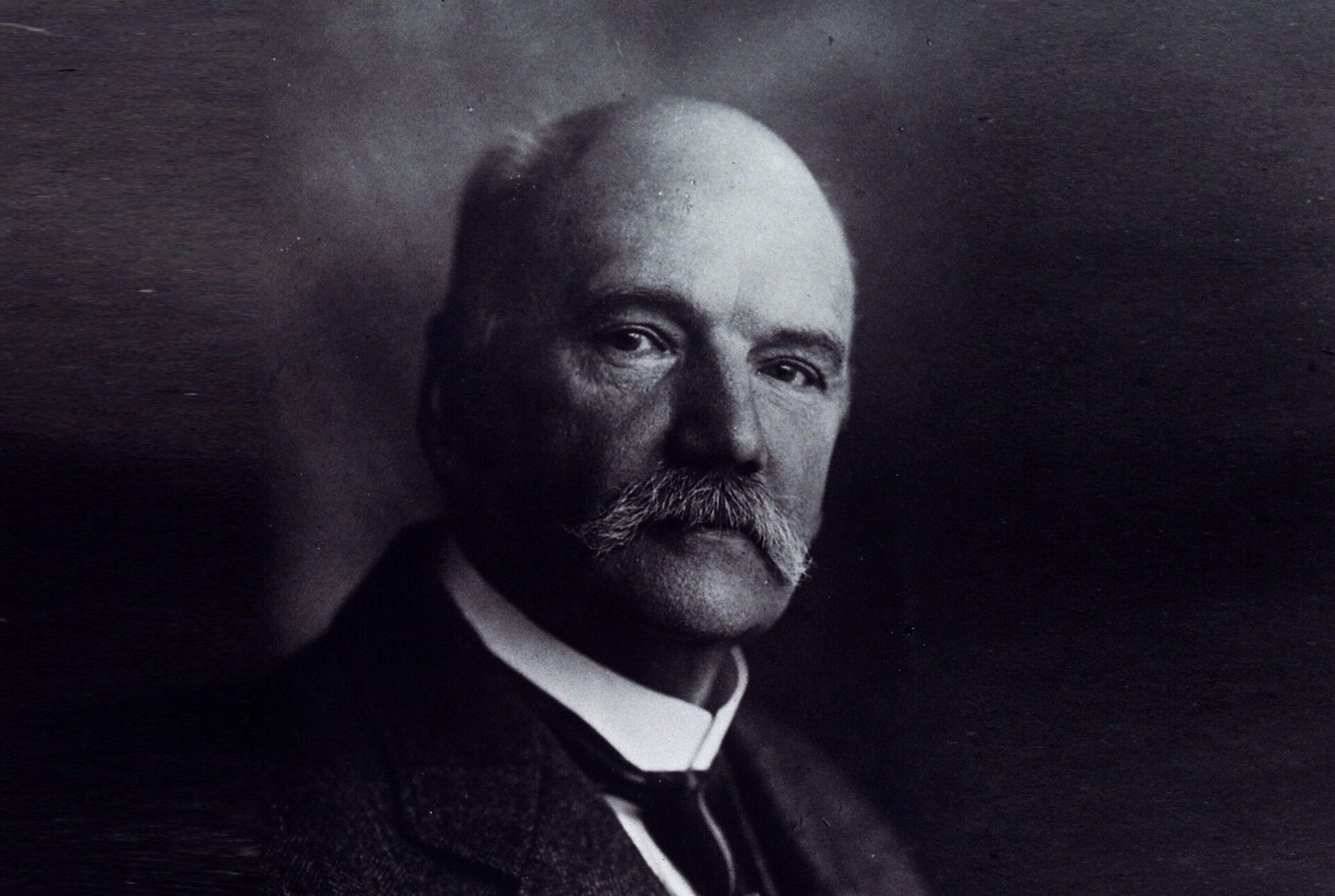
The discovery of DNA marked a milestone in our understanding of the natural world. In the mid nineteenth century scientists made the initial discoveries uncovering an important chemical in the nucleus of cells.
This is part 1 of our series looking at how DNA was discovered and the key players that pushed our understanding forward.
- It is a common misconception that James Watson and Francis Crick discovered DNA in the 1950s. In reality, DNA was discovered decades before.
- It was by following the work of the pioneers before them that James and Francis were able to come to their ground-breaking conclusion about the structure of DNA in 1953.
Base
(or nucleotide) The basic unit of genetic instructions. DNA is encoded in four chemical bases: adenine (A), thymine (T), cytosine (C ) and guanine (G).
Chromosome
A long molecule which stores all or part of the DNA of an organism.
The molecule of life
The molecule now known as DNA was first identified in the 1860s by a Swiss chemist called Johann Friedrich Miescher. Johann set out to research the key components of white blood cells, part of our body’s immune system. The main source of these cells was pus-coated bandages collected from a nearby medical clinic.
Johann carried out experiments using salt solutions to understand more about what makes up white blood cells. He noticed that, when he added acid to a solution of the cells, a substance separated from the solution. This substance then dissolved again when an alkali was added. When investigating this substance he realised that it had unexpected properties different to those of the other proteins he was familiar with. Johann called this mysterious substance ‘nuclein’, because he believed it had come from the cell nucleus. Unbeknown to him, Johann had discovered the molecular basis of all life – DNA. He then set about finding ways to extract it in its pure form.
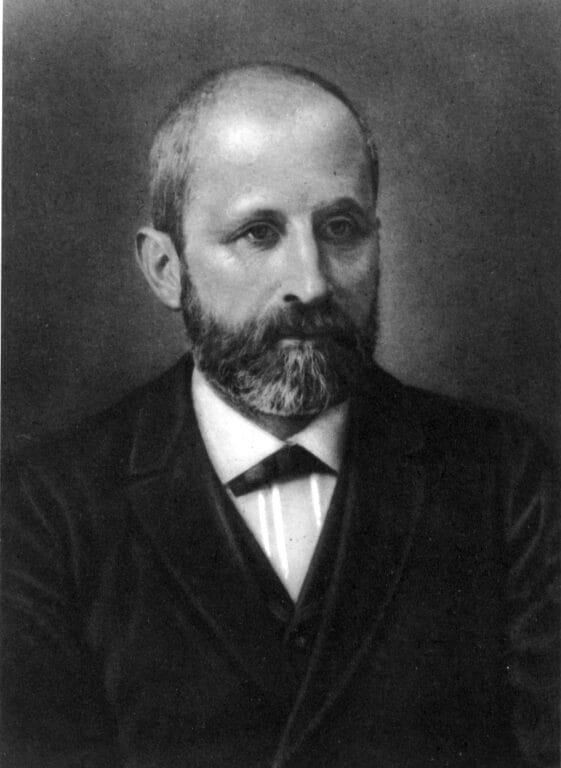
Johann was convinced of the importance of nuclein and came very close to uncovering its elusive role, despite the simple tools and methods available to him. However, he lacked the skills to communicate and promote what he had found to the wider scientific community. Ever the perfectionist, he hesitated for long periods of time between experiments before he published his results in 1874. Before then he primarily discussed his findings in private letters to his friends. As a result, it was many decades before Johann Friedrich Miescher’s discovery was fully appreciated by the scientific community.
For many years, scientists continued to believe that proteins were the molecules that held all of our genetic material. They believed that nuclein simply wasn’t complex enough to contain all of the information needed to make up a genome. Surely, one type of molecule could not account for all the variation seen within species?
The four building blocks of DNA
Albrecht Kossel was a German biochemist who made great progress in understanding the basic building blocks of nuclein.
In 1881 Albrecht identified nuclein as a nucleic acid and provided its present chemical name, deoxyribonucleic acid (DNA). He also isolated the five nucleotide bases that are the building blocks of DNA and RNA: adenine (A), cytosine (C), guanine (G), thymine (T) and uracil (U).
This work was rewarded in 1910 when he received the Nobel Prize in Physiology or Medicine.
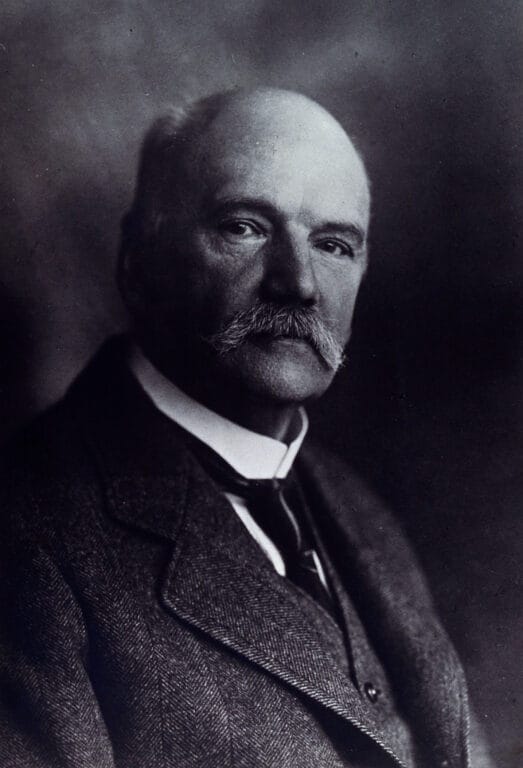
The chromosome theory of inheritance
In the middle of the nineteenth century, Walther Flemming, an anatomist from Germany, discovered a fibrous structure within the nucleus of cells. He named this structure ‘chromatin’, but what he had actually discovered is what we now know as chromosomes. By observing this chromatin, Walther correctly worked out how chromosomes separate during cell division, also known as mitosis.
In the early 1900s, the work of Gregor Mendel was rediscovered and his ideas about inheritance began to be properly appreciated. As a result, a flood of research began to try and prove or disprove his theories of how physical characteristics are inherited from one generation to the next.
The chromosome theory of inheritance was developed primarily by Walter Sutton and Theodor Boveri. They first presented the idea that the genetic material passed down from parent to child is within the chromosomes. Their work helped explain the inheritance patterns that Gregor Mendel had observed over a century before.
Interestingly, Walter Sutton and Theodor Boveri were actually working independently during the early 1900s. Walter studied grasshopper chromosomes, while Theodor studied roundworm embryos. However, their work came together in a perfect union, along with the findings of a few other scientists, to form the chromosome theory of inheritance.
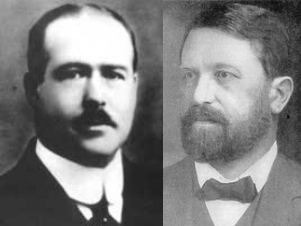
Building on Walther Flemming’s findings with chromatin, German embryologist Theodor Boveri provided the first evidence that the chromosomes within egg and sperm cells are linked to inherited characteristics. From his studies of the roundworm embryo he also worked out that the number of chromosomes is lower in egg and sperm cells compared to other body cells.
American graduate, Walter Sutton, expanded on Theodor’s observation through his work with the grasshopper. He found it was possible to distinguish individual chromosomes undergoing meiosis in the testes of the grasshopper and, through this, he correctly identified the sex chromosome. In the closing statement of his 1902 paper he summed up the chromosomal theory of inheritance based around these principles:
- Chromosomes contain the genetic material.
- Chromosomes are passed along from parent to offspring.
- Chromosomes are found in pairs in the nucleus of most cells (during meiosis these pairs separate to form daughter cells).
- During the formation of sperm and eggs cells chromosomes separate.
- Each parent contributes one set of chromosomes to its offspring.
